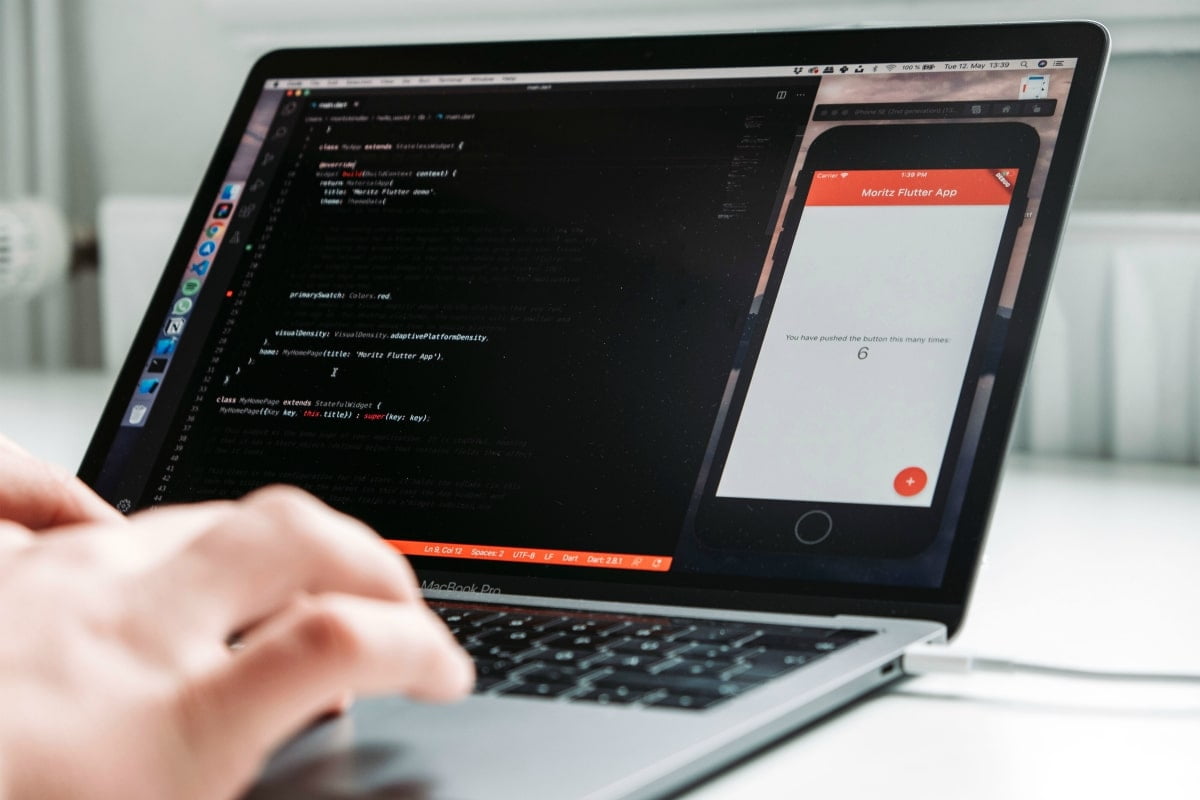When you decide to fully optimize your blog posts before you publish them, there are few things you can do to further improve on-page SEO. One of those things is to do a thorough SEO audit, so you could be sure there are no mistakes that could have a negative influence on your internet presence.
Today, we are going to talk about some tips to fully optimize your posts, improve your website’s visibility, and eventually increase brand awareness.
1. Use the Keyphrase in Title if Possible
One of the most important SEO expert tips for blogging you can hear from everyone is that you should always try to use the keyword or the related key phrase in your title. Of course, if it doesn’t fit the context, don’t do it, but most of the time, you will be able to rearrange the words in the title to contain this key phrase.
2. Title Should Be Written in Heading 1

Another step when it comes to the title tag optimization is to always write the title in heading 1 format. The reason why you should do this is because Google crawlers will more likely to recognize it as a title.
This is one of the reasons why putting a keyword in the title is important. When Google crawls the website, it will use these phrases and words to determine the importance of your page, and give it a proper rank.
3. Put the Keyphrase in Your Website’s URL
Apart from using the keyword in the title, it should also be put in the website’s URL. This is not the most important factor, but it does contribute to some extent.
Of course, try to keep it as short as possible, because too long a URL could cause more harm than good, which will not help you to improve your blog’s traffic.
4. Use Proper Grammar

One of the crucial things to remember when trying to improve your on-site SEO is to check the grammar in your content. Search engines don’t really like it when you use bad grammar. Also, depending on your audience, you might have to use different dialects of the same language.
5. Meta Description Matters
A meta description is basically what readers see when they are browsing search results in Google or any other search engine. The meta description should summarize what is the article about. It should be short enough, and it’s a good idea to include a key phrase or keyword in it.
6. Improve Overall User Experience
The most important thing is to make people stay on the page and read through the content you’ve created. To do that, you have to make sure that their user experience is pleasant, which means a fast website and good content.
7. Create Interesting Content

As previously said, interesting content is one of the things that could keep the readers on your website. For this purpose, you have to find relevant sources, with real and useful data.
For instance, if the topic is “Best SEO trends in 2020”, you shouldn’t use numbers from 2003. Instead, try to find the relevant data. Also, always try to write in a way that your target audience can read and understand the text.
8. Use the Keyphrase in Introduction
The introduction should consist of several important parts, which you can divide into different paragraphs:
- Topic introduction
- Question about the main topic
- The brief answer to the question
- Summing up and making readers stay and read the rest
These four points should be the main focus of every introduction, no matter what is the general topic of the article.
Also, make sure to include the main keyword in the first or second paragraph of the introduction. If not there, at least in the first 50-100 words.
9. Make Subheadings in Headline 2
When it comes to the subtitles, make main subtitles in headline 2 formats, while every other subtitle under each H2 should be H3, etc.
Also, in order to increase the readability of the article, make sure to create a good subheading distribution, and put a subheading after every 200-250 words. If it’s not possible, you can use photos instead.
10. Add Alt Text to Your Images

When it comes to the images themselves, you should put alt text for every image you use on your website. Alt text is usually not seen in the actual article, but it’s helpful when it comes to ranking the page in the search engines.
For instance, you should always put an alt text that is similar to the heading or subheading where that photo is. Of course, only if it makes sense to do so. Putting a car image in the “Best Apple Products” subheading will not help, since the photo should be related to the topic.
In this article, we’ve covered some of the most important tips that should help you to fully optimize your blog posts. By following these tips, you can improve your website’s visibility, and increase awareness of your products and services.













